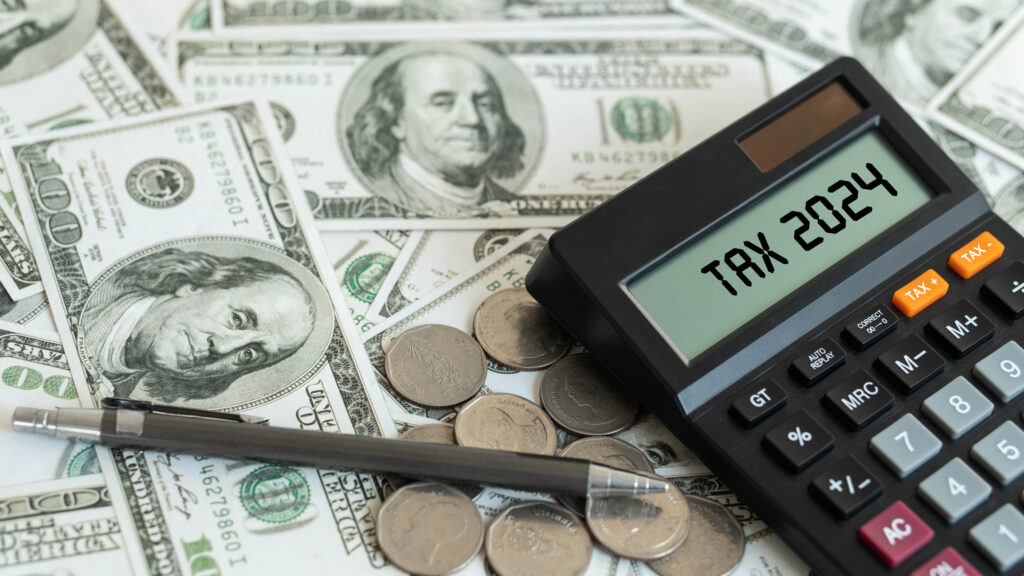It has become an annual rite of summer. Each year since 1995, Congress has voted to extend a one-year moratorium on expenditures to change car and truck fuel economy standards, effectively freezing the standards at 27.5 miles per gallon (mpg) for cars and 20.7 mpg for light trucks.
Last year, advocates of tougher CAFE (Corporate Average Fuel Economy) standards convinced 31 senators to sign a letter urging President Clinton to oppose the moratorium. Legislation extending the moratorium for another year passed nevertheless. Another such letter is currently being drafted, and some groups have declared that raising CAFE is their highest environmental priority.
The case for higher standards
Backers of higher CAFE standards make their traditional claims that better fuel economy is good for consumers, good for the environment, and good for the economy. Circumstances allow CAFE backers to make three new arguments as well.
First, consumers’ current preference for trucks has stopped average fuel economy progress for automobiles and caused combined car/truck average fuel economy to fall from about 26 mpg in 1987 to 24 mpg in 1999.
Second, recent fuel price increases have sparked renewed interest in fuel economy. Consumers had been lulled into complacency by historically low prices at the pumps.
And third, some experts believe higher standards are necessary to push auto makers to produce and consumers to buy the next generation of highly efficient cars and trucks. Innovations such as fuel cells and hybrids (which combine traditional internal combustion engines with electric motors) will arrive on the market in the next few years, but their high price tags and compromised performance will greatly limit their market appeal. Higher CAFE standards would force Detroit to sell these new cars at a loss, if necessary, in order to avoid paying steep fees and engaging in unlawful conduct.
Opposition to higher CAFE standards comes from safety experts, organized labor, car and truck manufacturers, and some consumer and environmental groups.
Death by regulation
To meet CAFE standards, car manufacturers have downsized vehicles and substituted lightweight materials, such as plastics and aluminum, for steel and other metals. Engine size has been reduced while horsepower has been maintained by the introduction of fuel injection, electronic ignition, multivalve engines, and other powertrain technologies.
Downsizing and lightweighting have had an unintended, and deadly, consequence. In 1989, Robert Crandall at The Brookings Institution and John Graham at Harvard University estimated that between 2,000 and 3,900 lives are lost and 20,000 serious injuries occur each year in traffic accidents due to the downsizing and lightweighting of cars. Using 1997 traffic fatality data and new estimates of lightweighting, the Competitive Enterprise Institute estimates CAFE standards caused between 2,600 and 4,500 preventable deaths in 1997.
On July 2, 1999, USA Today reported the results of its own analysis of CAFE standards and traffic fatality statistics. In an article titled “Death by the Gallon,” James R. Healey reported, “46,000 people have died in crashes they would have survived in bigger, heavier cars . . . since 1975,” when CAFE was first adopted.
Improving safety technologies, such as air bags, are making all vehicles safer. However, according to industry sources, these technologies are often easiest to install in the largest vehicles, with their extra space. With comparable safety equipment, larger, heavier vehicles are clearly statistically safer than smaller, lighter vehicles.
A blow to consumers
The claim that higher fuel economy benefits consumers is questionable at best. Owners of small cars pay higher insurance premiums for collision and damage coverage–10 percent to 45 percent in the case of State Farm, the nation’s biggest auto insurer. The owners of bigger cars and SUVs get discounts of up to 45 percent.
Observed behavior is a more reliable guide to what consumers want than the assertions of self-appointed “consumer advocates.” Small cars are growing less popular while SUV and light truck purchases have surged as people search for vehicles with better safety records, more horsepower, and more room for passengers and freight.
Small car sales, according to USA Today, have fallen to half their mid-1980s level. Just 7 percent of new car shoppers say they will consider a small car. An astounding 82 percent of small car owners say they won’t buy another when they replace their current car. Yet light truck owners overwhelmingly come back for another when their first purchase needs replacement, showing that this trend will probably endure.
An “undetectable” environmental impact
Forcing car and truck makers to build more fuel-efficient vehicles must be good for the environment, right? Well, not really. Car and truck manufacturers cannot increase the average fuel economy of their fleets unless consumers buy their high-mpg products and don’t otherwise change their driving habits.
The recent boom in light truck sales shows that consumers are not going along. Moreover, the higher cost of high fuel economy vehicles slows the turnover rate of the car fleet as people hold onto their older, larger, and heavier cars longer, again partially offsetting whatever gains CAFE might otherwise achieve. And since higher fuel economy lowers the cost of each mile traveled, people travel more miles each year, once again increasing fuel consumption.
The behavior of consumers and manufacturers worldwide disproves the argument that there are great new technologies being unimplemented or suppressed–the 100 mpg carburetor, for example. Markets in Europe and Japan have fuel prices three or four times those in the U.S. and at least a dozen fiercely competitive major manufacturers, but no technologies dramatically different from the U.S. The surprisingly modest fuel economy difference overseas comes almost entirely from driving smaller vehicles. There is no treasure trove of unimplemented, cost-effective fuel economy technologies.
Because of emission control devices such as the catalytic converter, new car and truck emissions of regulated air pollutants (such as those that cause smog) have been steadily falling, a phenomenon largely unaffected by changes in fuel economy. Carbon dioxide emissions, on the other hand, do correspond with fuel economy. Carbon dioxide (CO2) is a “greenhouse gas” whose rising presence in the atmosphere is thought by some scientists to be causing global warming.
But here, too, the link between higher CAFE standards and environmental protection is weak. For example, a massive 40 percent increase in CAFE would reduce greenhouse gas emissions less than half a percent, even after the 15 to 20 years it would take to implement the new standards throughout the entire in-use fleet. The impact on global climate would be undetectable.
CAFE and alternative fuels
Raising CAFE standards to force car and truck manufacturers to produce vehicles that operate on natural gas, hydrogen, or battery power overlooks four fundamental problems with the notion that alternative fuels can or should play a major role in transportation in the coming decades.
- As a result of improved fuel efficiency, better emissions control technologies, and cleaner-burning fuels, conventional fuels have environmental effects comparable to those claimed for experimental vehicles, at much lower cost to buyers.
- Benefit-cost analysis of alternative fuels recognizes the considerable consumer advantages of traditional internal combustion engines–lower cost, superior performance, and greater safety–as well as their role as a bridge to the next generation of cleaner and safer vehicles.
- Estimates of global energy supplies are far larger than they were in 1975, when an imagined “energy crisis” lay just around the corner. Best estimates now put supplies of fossil fuels at levels sufficient to last hundreds of years.
- The costs of switching from today’s petroleum/diesel fuel infrastructure to one that supports either hydrogen or electric cars would be enormous and take decades to put into place.
What Congress should do
A quarter-century of experience tells us that CAFE kills; it takes money out of the pockets of consumers; and it doesn’t protect the environment. CAFE continues to be enforced today, in an era of ample energy supplies and rising public interest in safety, only due to the inability of environmental institutions to admit they made a mistake. It has long since failed to accurately represent the good intentions of elected officials.
Leaving CAFE in place for another year simply gives environmental organizations a public relations “hook” on which to hang a litany of vaguely related issues and concerns, ranging from global warming and urban air quality to “sprawl” and farmland protection. The annual debate over CAFE gives the League of Conservation Voters, a liberal advocacy group, the ability to charge clear-thinking Republicans and Democrats with an “anti-environment vote.”
Congress should go beyond just freezing CAFE one year at a time, and should vote either to permanently freeze CAFE standards at their current levels or repeal CAFE altogether. Summer is too short to waste time blowing life into a law that has long outlived its usefulness.
Joseph Bast is president of The Heartland Institute, publishers of Environment & Climate News, and coauthor of Eco-Sanity: A Common-Sense Guide to Environmentalism (1994).




